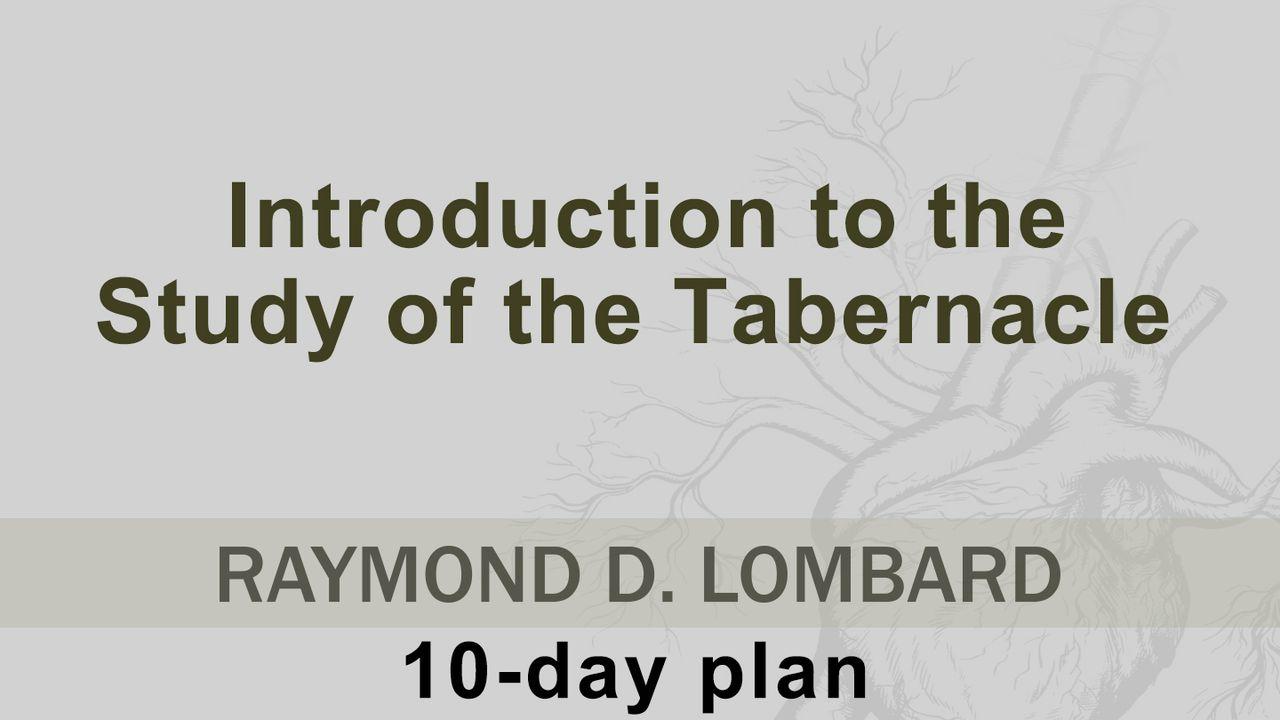Introduction To The Study Of The Tabernacle預覽

A BRIEF OVERVIEW OF EXODUS
We must carefully take note of the order of the story recorded in Exodus chapter 1-40.
Exodus 1-19: This section deals with the history of a people (Israel) in bondage (in Egypt), the birth of a leader (Moses), Israel's deliverance from Egypt and the journey to Mount Sinai.
Exodus 20-24: Here we see the detailed version of the commandments, laws and regulations that God imposed on Israel through Moses.
Exodus 25-31: A version of the procedures of the tabernacle.
Exodus 32-34: The people break the law, Moses prays for the people and climbs back up onto the mountain to once again receive the two stone tablets.
Exodus 35-40: In these particular chapters we have the actual building and construction of the tabernacle.
Exodus 1-19 therefore deals with the history of Israel, while chapters 20-40 deal with legislation. The laws can be divided into three different categories; namely the moral laws, civil laws, and ceremonial laws. These categories are man-made. The Bible does not explicitly make these distinctions. It is just helpful for us to understand it in this way.
The moral laws controlled the individual lives of the people, and the civil (civilian) laws the national lives of the people, while the ceremonial laws controlled the religious lives of the people.
關於此計劃

The tabernacle and all that goes with it speaks to us of Christ (Heb. 10:20). Jesus Christ came and dwelt among us. The Old Testament is the lock, the New Testament is the key; what is the use of a lock without a key? Knowledge of the Old Testament is necessary to fully understand the New Testament. Learn more about the tabernacle and the accompanying rituals in this series.
More


